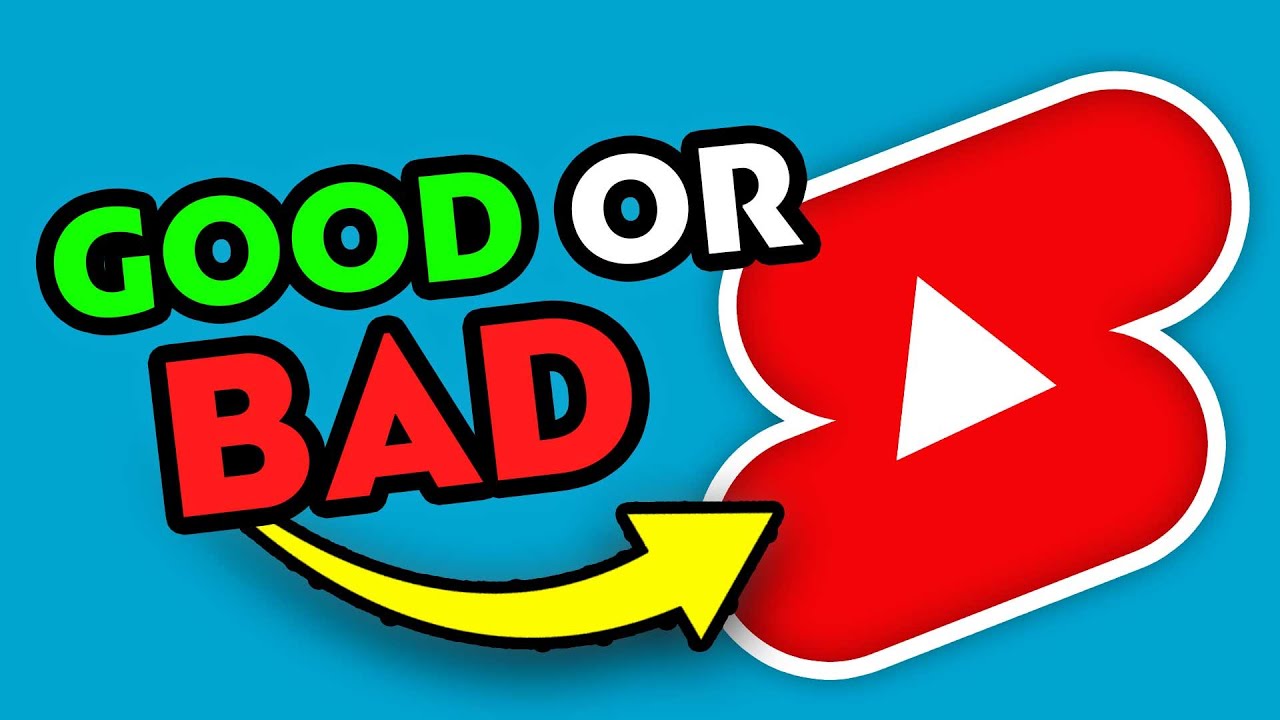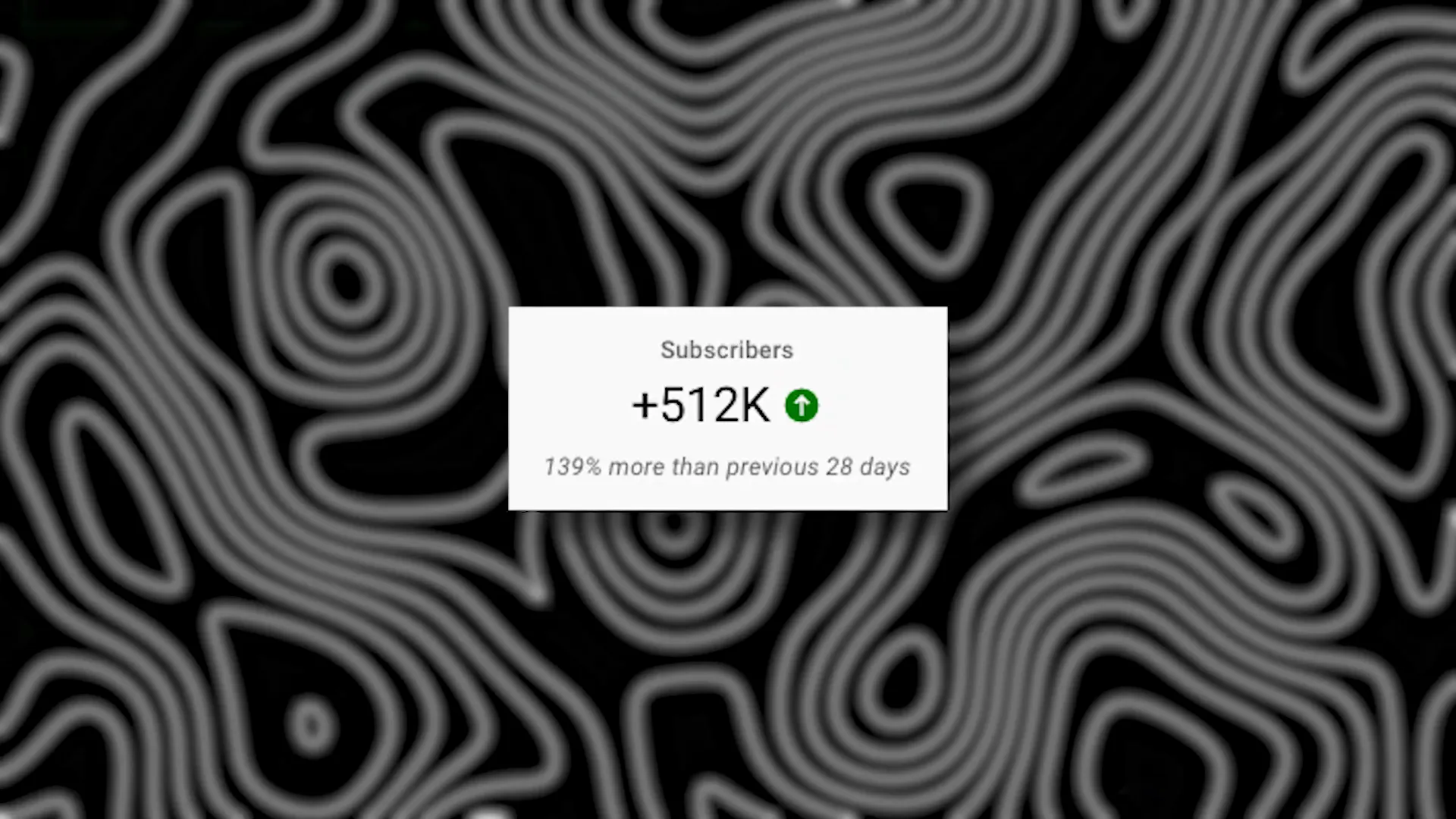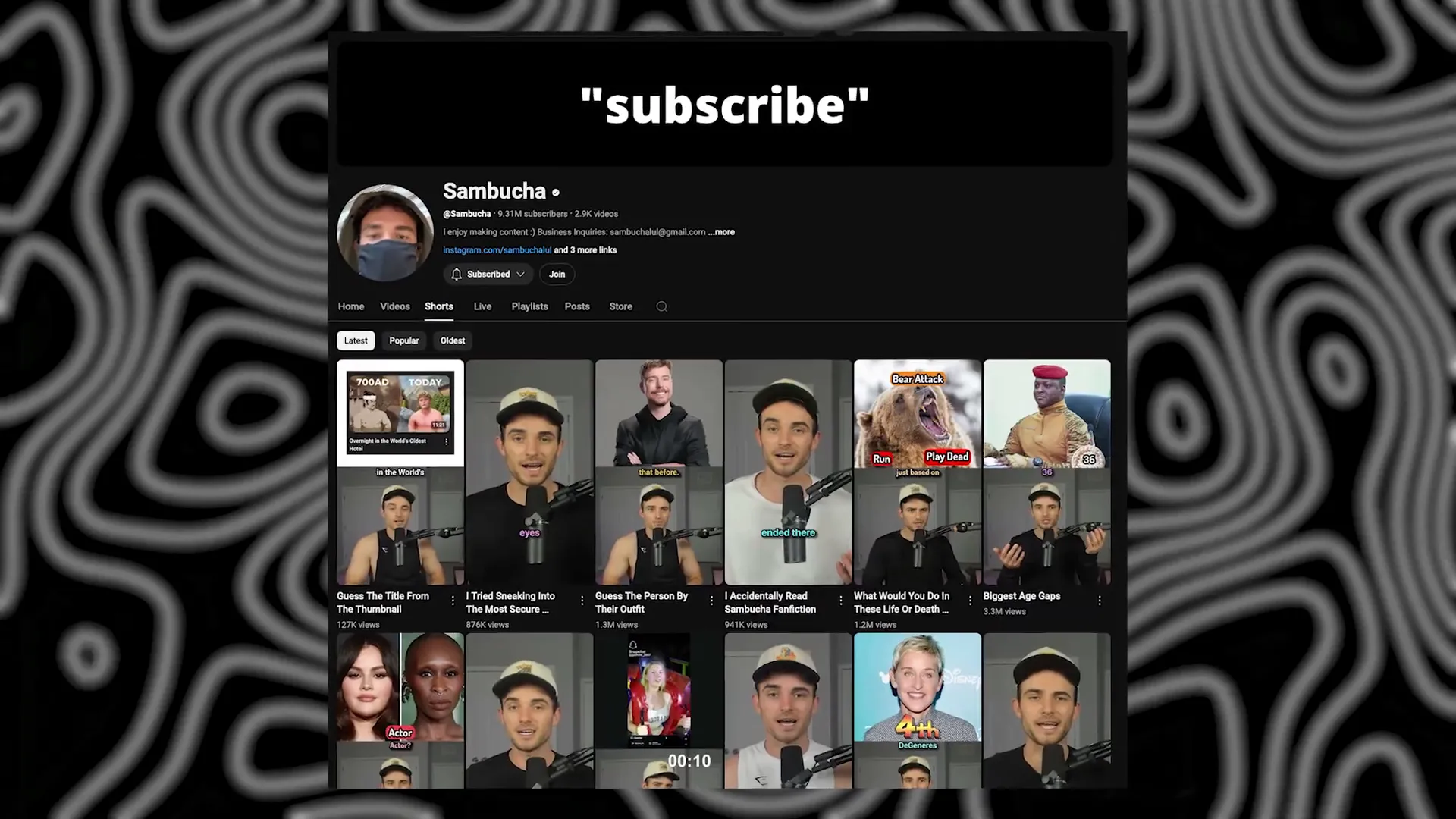May 15, 2025
Should You Be Posting YouTube Shorts?

Are YouTube Shorts killing YouTube, or are they the best growth hack we've ever seen? This question has been on the minds of many content creators and viewers alike. On one of my channels, I was only generating about 35 subscribers a month before experimenting with Shorts. After incorporating Shorts, I started generating well over 500,000 new subscribers each month. That kind of explosive growth is nothing short of mental.
In this article, I'll break down the pros and cons of YouTube Shorts and help you decide whether you should be using them for your own channel growth. We'll explore the differences between Shorts and long-form content, niche selection, growth strategies, monetization, content creation tips, and much more.

The Rise of YouTube Shorts: The New Kid on the Block
We all remember when TikTok burst onto the scene as the new kid on the block. Its short, snappy videos quickly captured the attention of millions, and every social media platform scrambled to replicate that success. YouTube introduced Shorts — short videos that are quick and easy to consume — to compete in this space.
Before Shorts, YouTube was primarily a platform for long-form content. Creators focused on detailed videos that could be anywhere from 5 minutes to over an hour. But now, a lot of creators are only making Shorts, and the results are staggering. These short videos are generating billions upon billions of monthly views, making Shorts one of the biggest phenomena on the platform.

Shorts vs. Long-Form Content: What’s the Difference?
At a glance, the difference is obvious: Shorts are shorter videos, usually under 60 seconds, while long-form content can last anywhere from a few minutes to several hours. But the differences go beyond just length.
- Growth Speed: Shorts have explosive growth potential. They are immediately shown to thousands or even tens of thousands of viewers, often within hours of posting.
- Watch Time: Shorts tend to have low watch time per viewer because of their brevity, which limits how long people stay on your channel.
- Long-Form Growth: Long videos grow slower but tend to have higher watch time, which benefits your channel in the long run by building viewer loyalty.
One thing to note is that Shorts channels often have a large number of subscribers, but many of these subscribers are what we call “dead subscribers.” They subscribe because they enjoyed a particular Short but don’t stick around to watch your other content. This can hurt your channel’s engagement over time.

Choosing Your Shorts Niche: What Kind of Shorts Should You Make?
Just like with long-form videos, niche is everything when it comes to Shorts. The first step before creating Shorts is to decide what kind you want to make. Because Shorts are so easy to produce, many niches have become oversaturated with countless creators posting daily.
Here are some niches I've seen succeed consistently over the years:
- Comedy: Funny, relatable, and shareable content always does well.
- Facts: Interesting, surprising, or educational facts tend to grab attention and have high shareability.
- Trends: Jumping on current trends or viral challenges can boost visibility quickly.
Fact-based Shorts, in particular, stand out because they combine high engagement with longevity. Many pages boasting millions or even tens of millions of followers focus on fact Shorts that are both interesting and shareable.
When deciding your niche, study your competition carefully. Look at what popular channels in your desired niche are posting and consider whether their content excites you or fits your style. Target niches where you feel you can add unique value.
Supply vs. Demand: The Challenge of Oversaturation
One of the biggest challenges with Shorts is that there is currently more supply than demand. In other words, there are more Shorts being created than there are viewers to watch them. This oversaturation makes growth difficult in many smaller niches.
For example, you might create a Short that is theoretically better than your competition’s, but if there isn’t much viewer interest or if viewers are loyal to existing creators, breaking through can be tough. This means it’s not just about making great Shorts — it’s also about picking niches with enough demand and room for new creators.
The Long-Term Growth Strategy: Shorts vs. Long-Form Content
While Shorts can bring in a massive number of new subscribers quickly, these viewers are often not the highest quality audience. They may not watch your other videos, support your merchandise, or engage deeply with your channel.
Long-form content, on the other hand, is better suited for building a loyal fan base. Viewers who enjoy your longer videos tend to be dedicated to your content and are more likely to support you in meaningful ways.
One strategy that has worked well is using Shorts as a funnel to drive viewers to your long-form content. Creators like Tyler Olivero and Sambuka have successfully leveraged this approach, using Shorts to attract millions of viewers and then guiding them to watch longer videos on their channel. This hybrid method captures the best of both worlds: rapid growth from Shorts and deep engagement from long-form content.
Monetization: How Shorts and Long-Form Videos Compare
Monetization is one of the biggest factors creators consider when choosing between Shorts and long-form videos.
- Long-form Monetization: These videos have more room for ads, which translates into more revenue potential per video.
- Shorts Monetization: Ads are limited on Shorts, and revenue is usually shared among many creators through the YouTube Shorts Fund or similar programs.
When YouTube first launched Shorts, there were no ads on them. Instead, YouTube created a Shorts Fund that rewarded top creators monthly. Some months you could earn a decent amount, while other months you might earn nothing. The RPM (revenue per thousand views) for Shorts is generally lower than for long-form videos.
Despite this, because Shorts can generate exponentially more views, creators can sustain their channel income by volume. However, you will rarely see a single Short make $100,000 or more, whereas long-form videos have the potential to earn six or even seven figures.
How to Create Engaging Shorts That Convert
Creating Shorts that perform well requires more than just filming quick clips on your phone. Here’s a breakdown of the key elements for making engaging Shorts:
1. The Hook
The hook is arguably the most important part of your Short. You have about 3 seconds — sometimes even less — to capture a viewer's attention. If you don’t hook them quickly, they’ll scroll past without a second thought. Remember, most people watching Shorts or TikToks consume 100 to 200 videos in just 10 minutes, so standing out in that flood is crucial.
2. Keep Viewers Watching
Once you’ve hooked viewers, the next goal is retention. Fast-paced cuts, clear messaging, and getting to the point quickly are essential. If you spend too long on unrelated content or slow buildup, viewers will lose interest. This principle applies to both long-form and short-form content, but it’s amplified in Shorts due to their brevity.
3. Innovate and Stand Out
Simply filming a raw clip and uploading it won’t cut it anymore. You need to innovate where others aren’t and find gaps in the content landscape. Do something bigger, better, or different to attract and keep attention. Evolution in your Shorts strategy is necessary to avoid audience fatigue.
4. The Payoff and Loops
The payoff is what makes your Short satisfying. After hooking viewers, you need to deliver on the promise quickly and clearly so they feel rewarded for watching. Equally important are loops — videos that seamlessly repeat or encourage multiple watches. Because Shorts are heavily watch-time retention-based, loops can trick viewers into watching your video multiple times, boosting your overall retention metrics.

Studying the Competition: Learn and Adapt
One of the smartest moves you can make is to analyze your niche and competition. Find out who’s winning and why. Then, figure out how to beat them by creating content that is similar but different enough to attract their audience to your channel.
By now, most ideas in the Shorts world have been tried. Success often comes down to doing something bigger or better than what’s already out there. Improving on existing concepts rather than copying them verbatim is vital. Without evolving your Shorts strategy, viewers will quickly get bored, and your growth will stall.
Final Verdict: Are YouTube Shorts Killing YouTube?
My final verdict is no — YouTube Shorts are not killing YouTube. Instead, they highlight the direction content consumption is moving. On the flip side, long-form content is also evolving, with videos sometimes stretching to 30, 40 hours or more, outperforming shorter long-form videos.
Content is evolving on both ends of the spectrum. Long-form content is getting longer, while short-form content is getting shorter and more punchy. At the end of the day, it comes down to your personal preference as a creator or viewer. If you enjoy short, engaging clips, Shorts are perfect for you. If you prefer deep dives and longer videos, then long-form content is your go-to.
Many people, myself included, enjoy both formats. The best advice is to create content that you believe will work for your goals, study your competition, and continue learning and adapting along the way.
Should You Actually Make Shorts?
Whether or not you should start making Shorts depends on your goals:
- If you want to build a loyal, long-term audience: Shorts might not be the best fit. They tend to attract less engaged viewers.
- If you want to grow your channel quickly and get your face out there: Shorts can be an incredibly effective growth hack.
Ultimately, the choice is yours. Experiment, analyze your results, and decide what works best for your channel and your content style.
Wrap-Up
I hope this deep dive into YouTube Shorts has given you clarity on whether you should be posting them and how to approach them strategically. If you found insights here, consider applying these tips to your channel. Remember, success on YouTube is a journey of constant learning and adaptation.
Keep creating, keep experimenting, and keep growing!